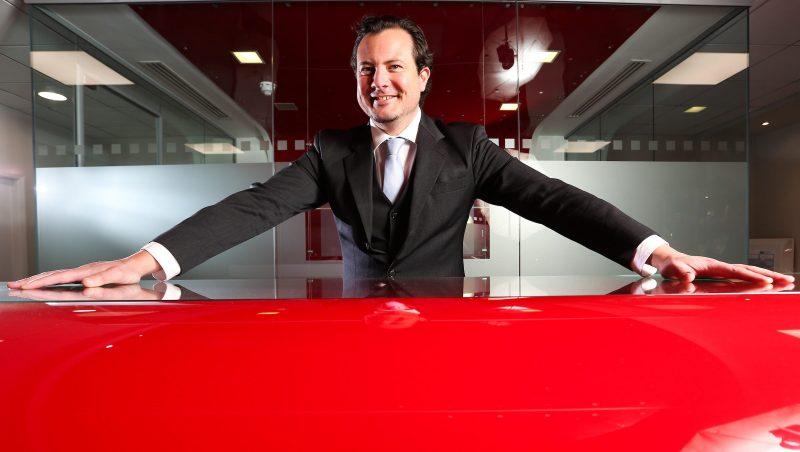Greg Simpson, founder of Press For Attention PR, shares his media relations ‘don’ts’.
I write this with a tricorne perched jauntily upon my head.
This stylish hat covers that of a PR consultant of some two decades, that of a published author on PR and that of a former business journalist.
Hat collecting aside, I’ve learned a LOT over two decades in the PR trenches in terms of how to do things the right way. Especially when it comes to pitching the media.
Funnily enough, that bit is not actually what PR is.
Not solely anyway. That bit of PR is what we term ‘Media Relations’ and is part of the toolkit we use. You can add in events, awards, thought leadership, blogs, white papers, stunts, partnerships, CSR, the list goes on.
However, for MOST of the people reading this who are not PR specialists, this is the bit you will want to master pretty pronto to begin making headway – Media Relations.
Hint, that word ‘RELATIONS’ crops up a lot in PR.
You need to start thinking win/win and ensuring that you are both contributing.
Anyway, rather than a list of DOs, I thought, why not flag up some DON’Ts? To aid my memory (2 decades is a fair old whack you know), I have asked some reporters who I know well and who will remain anonymous, barring one, the reporter of this very parish, Tess Egginton.
Let’s start with Tess then shall we?
“Not providing photos with their stories” really makes life tricky for Tess. This means that she has to go off and find a pretty dull stock photo to illustrate the article. Of course, her other option is to simply move on.
Tess is nice. Tess tries to help. I say, try to help Tess.
If you want a reporter to cover your news, at least find the time to get a photo done. Even if it is your LinkedIn pic that’s been doing a lot of heavy lifting content wise for years. It puts a face to a name and makes it far more likely that someone will want to read the article.
You have to remember that it is Tess’s job to educate, inform and entertain her audience. Make it as simple as possible for her to do that and you will reap the benefits.
I actually have a story in my drafts as this is being typed where my client is helping another organisation but the other organisation will not provide a photo. They “don’t have any.”
Well, get one! It’s £100, maybe £150 and the reward will be 10x over.
Until the photo comes, we can’t run the story. Well, we could but guess what, it is less likely to gain coverage and if it does, it is likely that the third party will barely feature. That would be a shame but it would be down to them.
There’s plenty more, in fact, this might be my second book!
Try blind copying a list of reporters and see how effective that is. I mean, how to make it look like you REALLY care about that relationship!
Or pitching a reporter that has never covered the angle you have. Not because there’s been an editorial oversight but because you are asking an insurance reporter to write about diet hacks. Or a lifestyle specialist to cover the latest ‘insight’ on pensions.
How about calling a journalist to pitch them when their X profile specifically says not to? Do your research folks!
Or keenly flagging a story about Cambridge to a reporter who covers Derby – I have seen this first hand many, many times. Not always Derby, obviously!
The “did you get my email” chase is never very welcome. If it didn’t bounce back, then yes, they did. Now, they might not have seen it. So, a better chase-up would be to send a different photo or an extra quote to see if you can add value.
Most annoying of all? I would say one that us PRs and journos both despair of…failing to deliver before the deadline or going AWOL. If you are working with a reporter on something, don’t ghost them. If you can’t do something, tell them. Don’t fail to show up on the first date!
Media RELATIONS remember.
*There are NO guarantees in PR! Some won’t care one little bit.
A former business journalist, Greg Simpson is the author of The Small Business Guide to PR and has been recognised as one of the UK’s top 5 PR consultants, having set up Press For Attention PR in 2008.
He has worked for FTSE 100 firms, charities and start-ups and conducted press conferences with Sir Richard Branson and James Caan. His background ensures a deep understanding of every facet of a successful PR campaign – from a journalist’s, client’s, and consultant’s perspective.
See this column in the December issue of East Midlands Business Link Magazine here.



